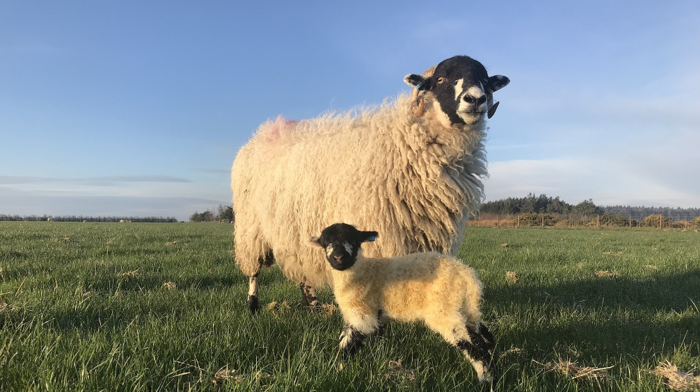Veterinary Dr Elizabeth Berry has warned farmers of the risk farmers take by allowing their suckler cows, calves and ewes to graze on Autumn grass, which may have deceptively low nutritional value even when plentiful.
She explained that sparse grazing and poor quality could have a serious impact on fertility, growth rates, and post-weaning recovery, citing human intuition as a big factor when it comes to misjudging the nutritional value of their pasture.
“Even if it’s plentiful and supplying all the energy and protein needed, most grazing in this country is deficient in one or more trace elements. Their essential roles in metabolic processes mean that shortages will limit all ruminants’ ability to utilise nutrients in grazed grass fully. In most places, the deficient trace elements are cobalt, iodine and selenium,” Dr Berry explained.
Cobalt is needed by rumen bugs for producing vitamin B12, an essential component in energy metabolism and producing red blood cells. Iodine regulates metabolism and conversion of food into energy, while selenium is needed for enzyme synthesis and plays a crucial part in immune function and fertility.
Dr Berry says that whilst most farmers will have had bad experiences with copper deficiency, it is understandable if shortages of the other three go unnoticed if those looking after cattle or sheep get used to a certain level of performance as the norm.
“Perhaps it’s become acceptable to get 75 calves per 100 cows each year, a calf taking 18 months from birth to 450kg liveweight, or 1.5 lambs per ewe,” she suggested. “However, each of these is only modest performance.
“Financially, the difference between these figures and 90 calves, 14 months or 180% is massive. On some farms, addressing unseen trace element deficiencies with the Tracesure range of boluses can make the difference.”


